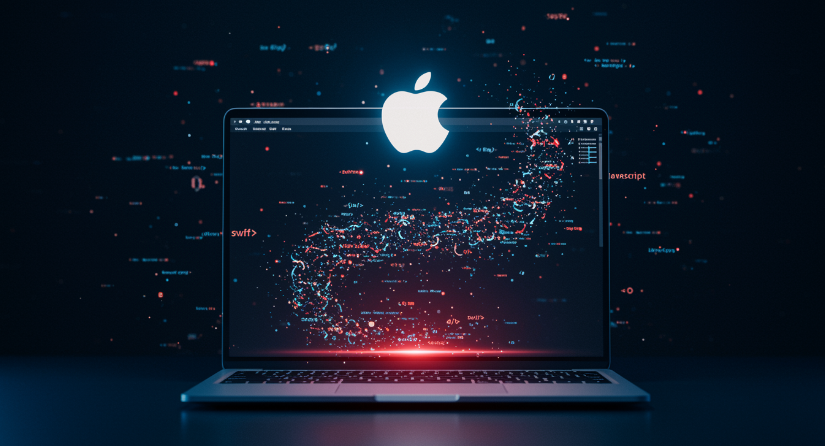In a move that has turned heads across the developer community and the AI industry alike, Apple has quietly launched a new AI model focused on code generation — and while its release wasn’t accompanied by the usual fanfare of a keynote reveal, the model itself is getting a lot of attention for being, well… weirdly interesting.
A New Contender in the AI Arena
Apple, typically known for its secrecy and tightly controlled ecosystem, is not often the first name that comes to mind when discussing open AI tools for developers. But with this new coding model, Apple appears to be taking a different approach, blending powerful machine learning techniques with unique design decisions that set it apart from existing code generators like GitHub Copilot (powered by OpenAI) or Meta’s Code LLaMA.
The AI model — internally dubbed “XcodeCoder” (not the final name, according to sources) — is integrated with Apple’s development tools, including Xcode and Swift Playgrounds. What makes it interesting is its multi-lingual architecture — not just in terms of programming languages, but also support for multiple spoken languages out of the box.
Shifting Focus: Privacy Meets AI
One of the standout features is Apple’s consistent focus on privacy. Unlike some code models that rely heavily on cloud-based inference, Apple’s tool runs much of its model locally, especially on Apple Silicon devices. Developers using newer Macs can generate and complete code offline, supposedly without sending any data to Apple’s servers.
Apple also claims the model has been trained using a curated dataset of high-quality, permissively licensed code — staying clear of controversial scraping practices that have landed other tech companies in legal hot water.
Features Developers Didn’t Expect
Some of the “weirdly interesting” features of Apple’s code model include:
- Swift-Centric Optimizations: Unsurprisingly, the model treats Swift as a first-class language and offers autocomplete, explanations, and bug fixes with unprecedented fluency.
- Developer Commentary Generator: In beta, the tool can auto-generate comments based on code — with a tone slider that adjusts how formal or casual your comments are. (Think: from corporate documentation to humorous geek-speak.)
- Code Style Mirror: The AI learns your coding style and adapts its suggestions — even matching indentation quirks or variable naming preferences over time.
- RealityKit & ARKit Integration: The model can write and explain code related to Apple’s AR toolkit — a clear move toward boosting adoption of spatial computing and Vision Pro apps.
Why This Could Matter
While other tech companies race toward generalized AI with chatbot interfaces, Apple’s coding model feels more focused. Analysts speculate this is part of a broader push to integrate generative AI in subtle but powerful ways across the Apple ecosystem. It’s less ChatGPT, more Jarvis—assistive but not omnipresent.
For Apple developers, this could mean faster app development, better documentation, and fewer roadblocks — especially for students and indie developers pushing prototypes forward.

